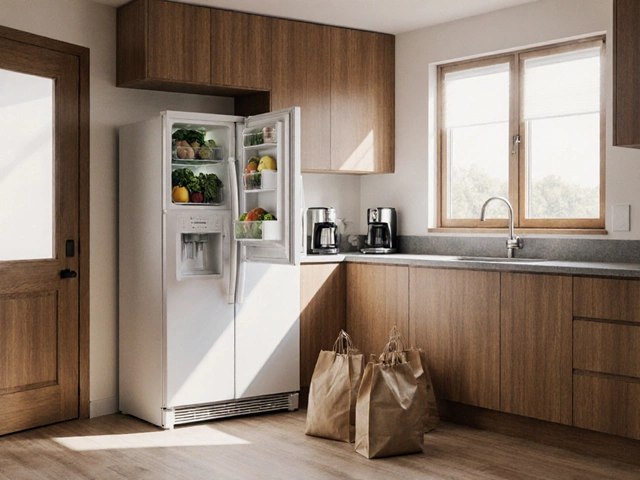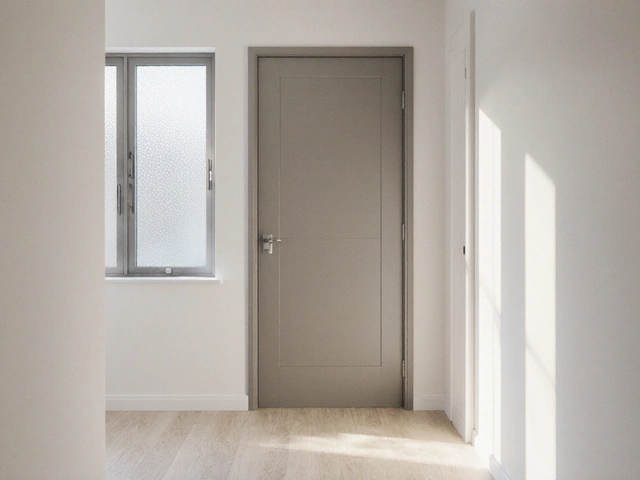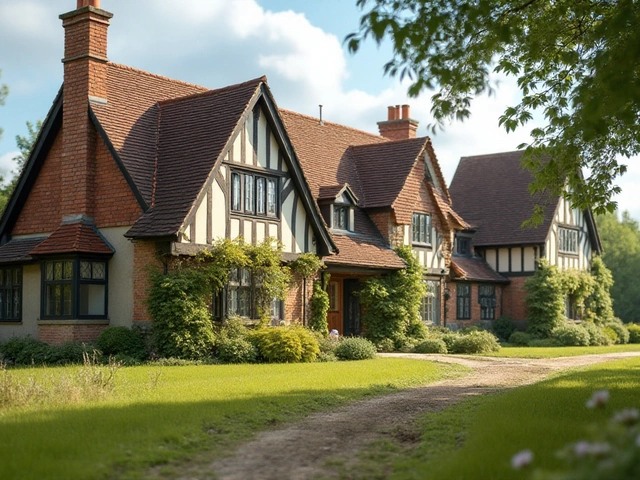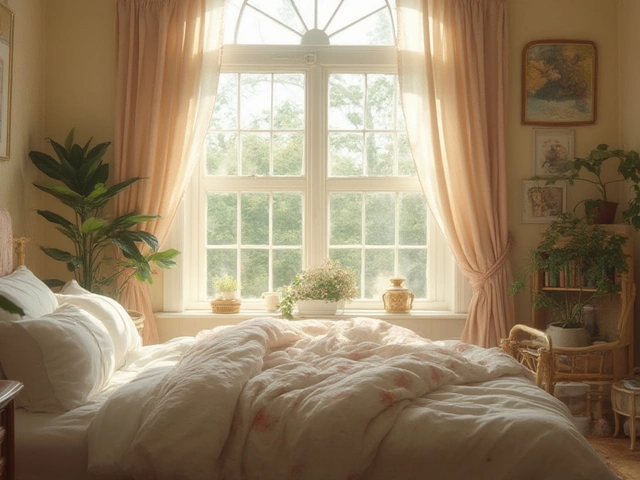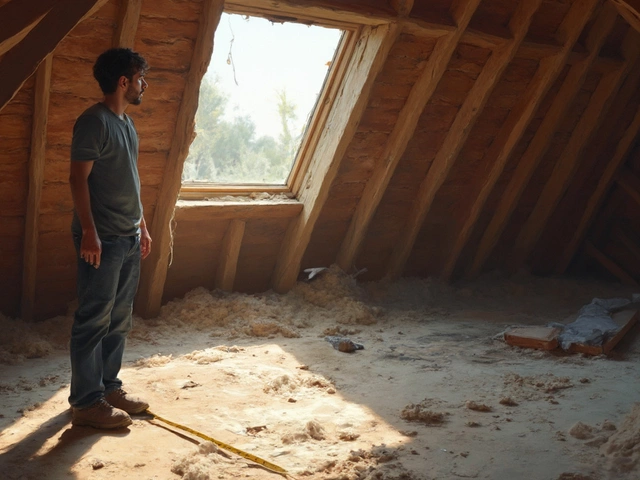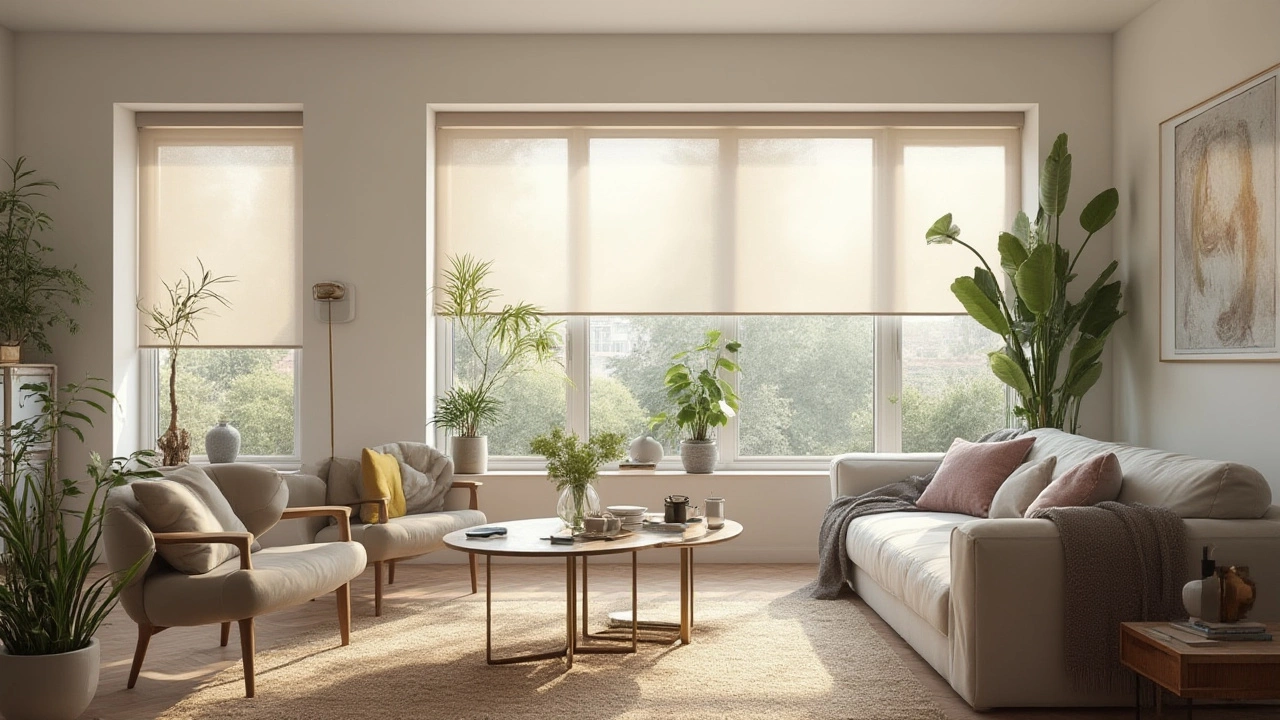
Remember that moment when you walked into a room, glanced at the windows, and those old school vertical blinds made you cringe just a little? Window treatments have a weird power—they can date a space instantly or pull it right into the present. Some designers say blinds are dead in 2024. Others? They're more excited about them than ever. So, are blinds out of style, or are we missing a big resurgence happening right under our noses?
Blinds in 2024: Old Classic or Fresh Favorite?
It's easy to picture blinds as something you only see in rental apartments, doctor's offices, or your parents’ house in the ‘90s. But 2024 has brought new life to these classics. If you scroll through Instagram or flip through any latest home decor magazines—think Architectural Digest or Livingetc—blinds are right there beside high-dollar curtains and bold shades. The biggest evolution: they’ve gone way beyond beige plastic slats. Now you have options like sustainably sourced wood, textured faux wood, slimline aluminum, and even woven bamboo. No lie—it’s hard not to notice the difference when you walk into a modern kitchen with crisp white roller blinds, or a living room anchored by smart, streamlined panel blinds that blend right into the walls.
So, what changed? One word: customization. Homeowners are ditching cookie-cutter options and splurging on personalized finishes, motorization, and eco-friendly materials. In fact, a 2023 Houzz survey found that nearly 60% of people who remodeled their homes last year spent real money on personalized window treatments, with blinds leading the charge—not curtains. Smart technology is also driving this. You can find blinds that open and close with your voice, react to the sun, or even sync with your smart thermostat. It’s not just a style thing anymore; it’s about convenience and energy savings.
But do interior designers approve, or are they secretly rolling their eyes? The truth is, design pros are embracing blinds—when done right. They love subtle, wide-slat wooden blinds for a warm, organic vibe, and high-end motorized roller blinds for an uncluttered, minimalist look. The old, clunky verticals? Yes, those are officially out, but that doesn't mean all blinds get the boot.
What’s Driving the 2024 Blinds Revival?
You might wonder why blinds are getting so much buzz this year. For starters, energy efficiency is huge. With climate costs on everyone’s mind and new energy codes in effect, more people are using blinds strategically—not just for privacy, but to control the light and temperature in their homes. When properly installed, cellular and honeycomb blinds keep homes cooler in summer and warmer in winter, slashing energy bills by roughly 15%, according to a late-2023 study in the Journal of Environmental Design.
Another game-changer is aesthetics. Today’s blinds aren’t the same old afterthought. Companies like Hunter Douglas and Levolor are collaborating with interior designers on fully customizable options, from colors to textures. You can even match blinds to your wall paint or wallpaper. Some companies offer printed shades with art by contemporary painters, so your living room isn't just cozy—it doubles as a gallery.
The pandemic years saw a record uptick in home offices, and with it, a surge in demand for light control. Working from home means you aren’t just blocking out the neighbors; you’re trying to avoid screen glare during Zoom meetings or make sure your background looks decent for calls. Motorized blinds with programmable timers have become a favorite—open for natural morning light, close up at noon for privacy, and open again in the evening for a sunset glow. All hands-free, thanks to apps or voice assistants.
For people with allergies, blinds make sense. Unlike heavy fabric drapes or layered curtains, most hard-surface blinds don’t trap as much dust. A quick wipe and you're sorted. This was highlighted in a consumer health survey conducted by the Asthma and Allergy Foundation in late 2023. They found that over 40% of allergy-prone individuals listed window blinds as their first choice for managing dust and pollen indoors.
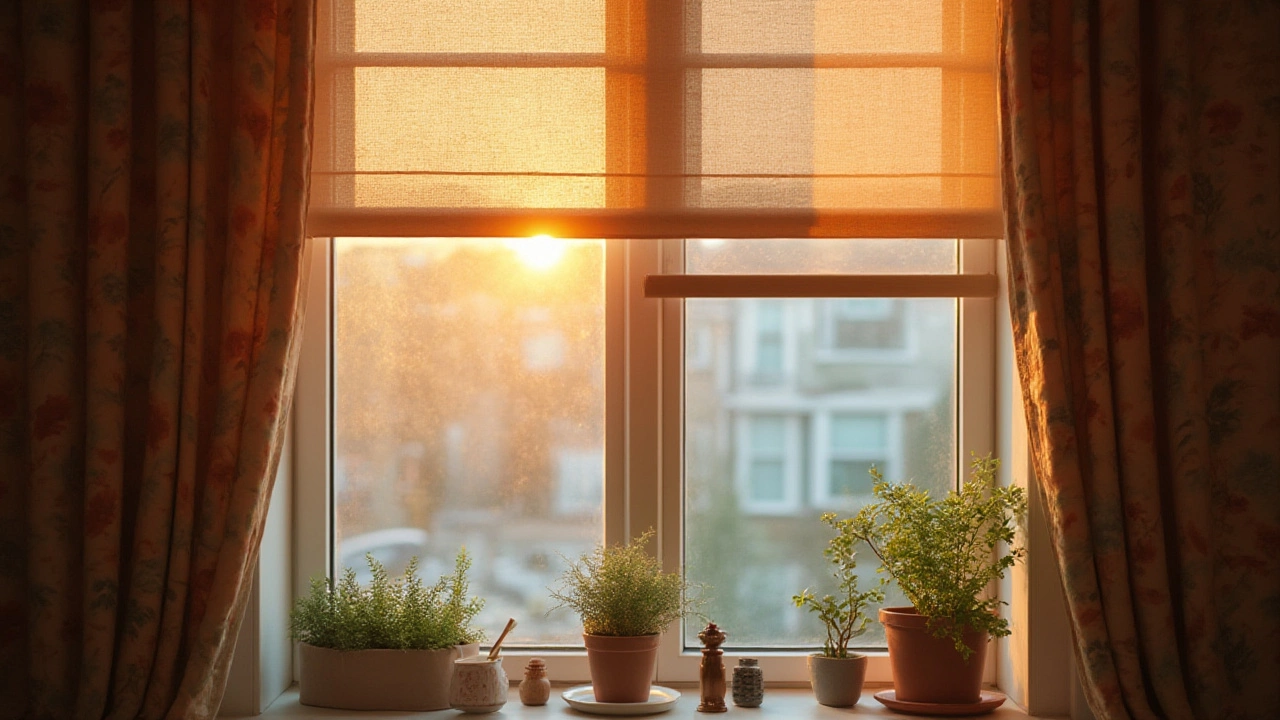
The Truth About Style: What Looks Good in 2024?
If you’re reading this, chances are you’re wondering what actually works right now. What’s out: dusty, creaky metal mini-blinds from college days and those brash verticals that clack every time you open a window. What’s in: wide-slat wood blinds, clean roller shades, and smart blinds in organic hues. People are obsessed with soft taupes, oatmeal, matte black, and tranquil whites—think of them like the perfect undershirt for your windows. Subtle, supportive, never screaming for attention.
Roman blinds are still going strong, especially in patterned or textured fabrics that add a little warmth. If you’ve got an open plan loft or a Scandi-inspired space, natural woven wooden blinds bring a hit of texture without darkening the room. Scandinavian design, in particular, inspired a massive trend this year—mixing pale wood venetians with gauzy linen curtains for a fresh but cozy vibe.
Another huge trend: day-to-night layering. Homeowners are pairing neat roller blinds for privacy during the day with sheer drapes or full blackout curtains at night. This lets you modulate mood and brightness with a quick tug, rather than fussing with tiebacks or multiple fabric layers. Smart home integrations mean even more control. Blinds that respond to sunlight sensors or connect to your phone aren’t sci-fi anymore—they’re standard in mid- to high-end homes.
Colors are big, but not wild. You’ll spot muted greens, earthy browns, and brushed neutrals a lot in 2024, echoing a broader trend toward calming, nature-inspired interiors. Pure white and pale oak are front runners in kitchens and bathrooms, since they bounce more light around, making even small spaces feel open.
Tried-and-True Tips for Choosing Modern Blinds
It’s not just about what’s trendy—picking the right blinds takes a bit of savvy. Here are some solid tips you can use (no jargon, promise):
- Blinds with wider slats usually look more current. Go for 2.5-inch or 3-inch slats instead of old-school 1-inch ones.
- Mix materials for texture. Match wood blinds with a metallic pull cord, or try faux leather for a sleek, hotel-like effect.
- If you love natural light, pick sheer or semi-sheer roller blinds. They diffuse sunlight nicely and won’t make a room feel boxed in.
- Don’t shy from motorized options. They sound high-tech, but installation is easier and more affordable than it was a few years ago.
- Stick with neutral shades if you want your home to feel fresh in a year or two. Bold prints are fun, but they date fast.
- Have pets or kids? Look for cordless blinds for safety and easier cleaning.
- Blackout blinds work wonders in bedrooms, especially if you’re a light sleeper or live in a city.
- Pile on some personality—custom valances, color-matched trims, and even two-tone slats are having a moment.
- In spaces with beautiful views, go for low-profile roller blinds that practically disappear when open.
- Measure twice, buy once. Always double-check window dimensions so you’re not stuck with ill-fitting blinds.
Still stumped? A lot of home improvement stores (think Lowe’s, IKEA, or Home Depot) offer visualizer tools online. Upload a window photo, swap out colors and styles, and preview how different blinds will look before buying. It takes the guesswork (and regret!) out of decorating.
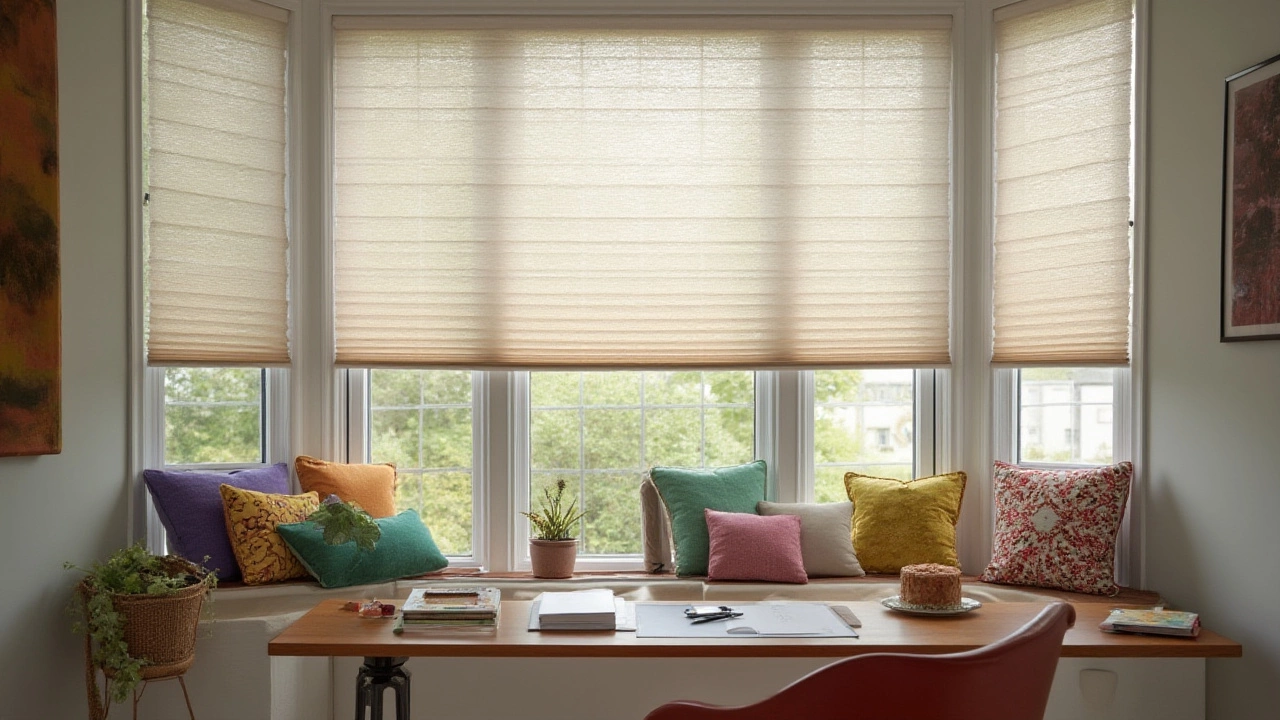
Blinds and Sustainability: Do They Go Together?
The eco-conscious crowd is especially interested in blinds this year—not just any blinds, but ones made from sustainable or recycled materials. Many brands now use bamboo, hemp, or responsibly sourced wood. Some have started recycling old plastic blinds into new ones, essentially closing the loop. If you care about reducing waste, look for window coverings certified by the Forest Stewardship Council (FSC) or those made from recycled metals or plastics.
There’s a growing DIY trend as well. Instead of tossing out your old set, you can repaint, refinish, or even upholster them for a custom look. Plenty of blogs offer how-tos for painting wood or vinyl blinds so they suit your new decor. There’s something deeply satisfying about upcycling a worn-out set of blinds and giving your windows new life—and the planet thanks you, too.
Energy savings are another angle. Blinds—especially cellular or double-cellular models—work as an extra layer of insulation. If you live anywhere with scorching sun or icy winters, you’ll be surprised at how much it helps to trap heat (or keep it out). According to the U.S. Department of Energy, properly fitted energy-efficient blinds can lower your cooling and heating costs by as much as 20%, which is no small chunk considering energy rates keep climbing year over year.
Finally, durability. A lot of newer eco-blinds are made to last, so you’re not replacing them every couple of years. Fewer replacements mean less waste, less hassle, and (as a bonus) you don’t have to climb ladders for a while.
